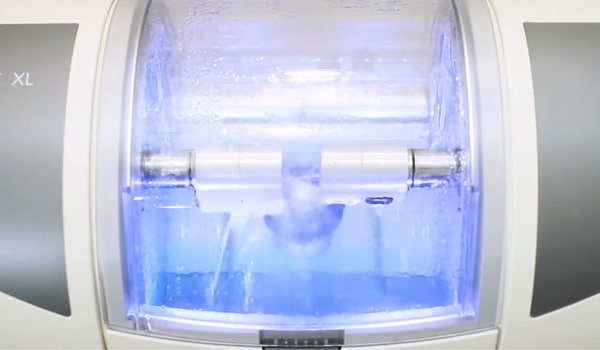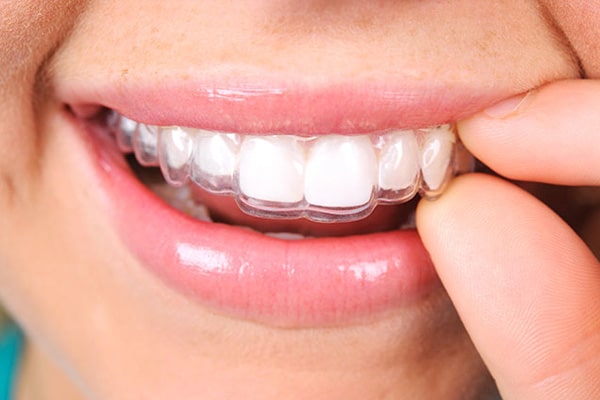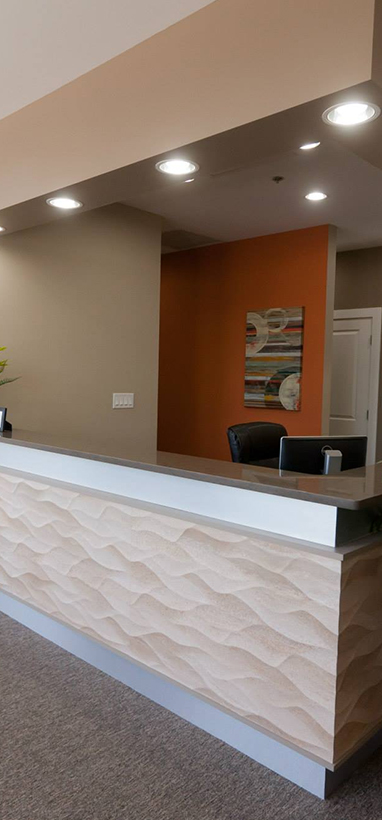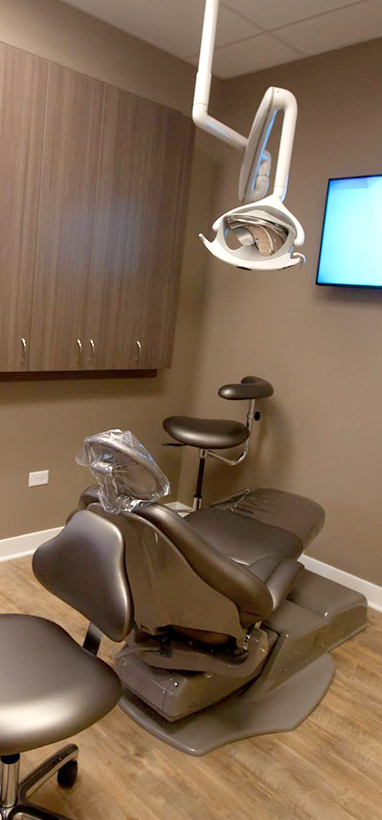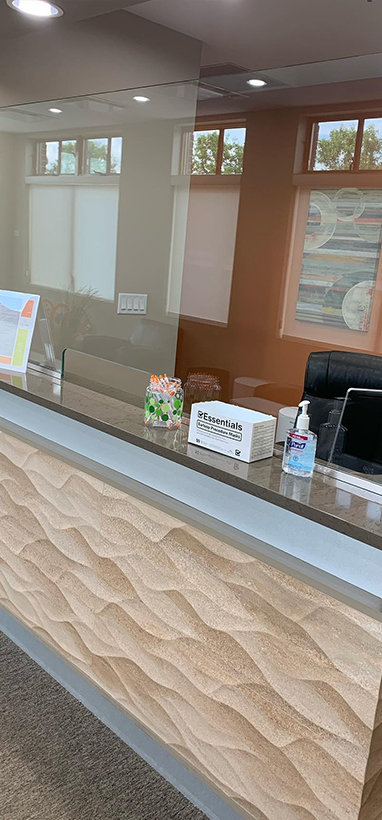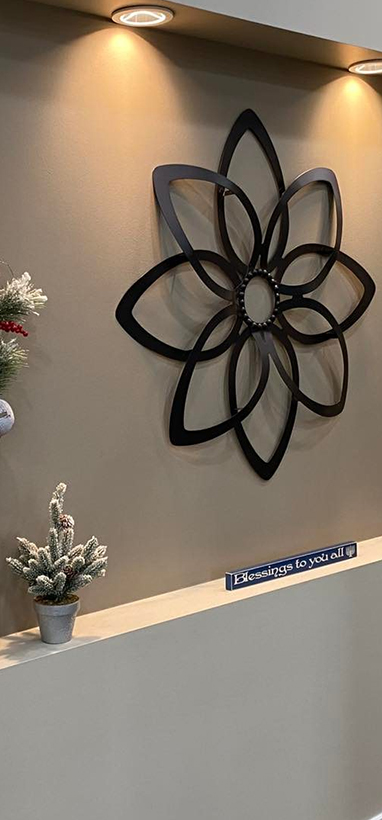1516 Legacy Cir, Naperville, IL 60563
What Is Hyperdontia and How Do You Treat It?
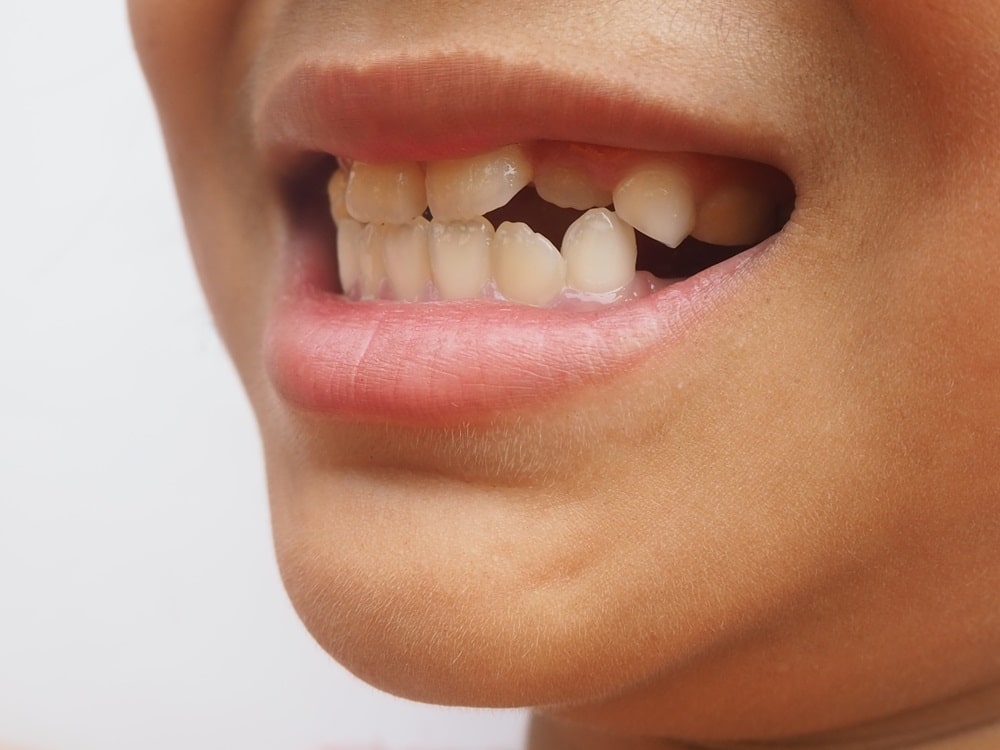
An adult has 32 teeth. But did you just count 33? Don’t panic! You might have hyperdontia.
Hyperdontia is a mouth condition in which a person has extra teeth that grow around their other permanent or baby teeth. These teeth can look like all your other teeth, or sometimes pop up in different shapes and sizes. This can be a surprising discovery but our experts at Living Well Dental are here to explain all you need to know if that extra tooth (or two) has popped up.
Whether you still need basic information on what hyperdontia is, are curious about the causes of hyperdontia, or are ready to talk about hyperdontia extraction, we’ll explain all you need to know in this post. Let’s get started.
What is hyperdontia?
Hyperdontia is a condition in which a person has extra teeth in their mouth. These extra teeth, referred to as supernumerary teeth, will appear in the curved area where teeth attach to your jaw.
Typically, people have 20 baby teeth and 32 permanent teeth in adulthood. However, those with hyperdontia will have anywhere from 1 to 12 extra teeth – making for a very crowded mouth.
While these extra teeth will sometimes take the same shape as a normal tooth, they can also be cone shaped. Hyperdontia is a pretty rare condition that only affects about 0.15% to 1.9% of the population, and for this reason, not many have heard of or understand what it looks like, the causes of hyperdontia, or hyperdontia treatment. Thankfully, our dental team at Living Well Dental Group have the answers.
Types of hyperdontia
Dentists have different ways to classify multiple hyperdontia teeth based on shape and appearance. Here’s what you need to know.
For a hyperdontia tooth to be qualified as “supplemental,” it will have the same shape as your “normal,” permanent teeth nearby. However, if your extra tooth has an abnormal shape or is smaller than your other teeth, it would be considered “rudimentary.”
This condition is also categorized in terms of the location of the extra teeth. It can be broken down as follows:
- Paramolar: this is an extra tooth in the back of the mouth that grows next to a molar
- Distomolar: this tooth grows in line with your other molars, as opposed to growing around them
- Mesiodens: the most common type of tooth for people with hyperdontia, this signals that the extra tooth grew behind or around incisors, which are the four teeth at the front of your mouth used for biting
Beyond location, if you’ve seen hyperdontia images online, you may have noticed that these extra teeth can take different shapes. Here are the basic classifications:
- Supplemental: the tooth is shaped like that of the other teeth around it
- Tuberculate: tooth has a barrel-like or tube shape
- Compound odontoma: looks like a cluster of smaller teeth that are near each other that make up one tooth
- Complex odontoma: instead of forming just one tooth, this signals that there’s a disordered grouping of tooth-like tissue present
- Peg shaped, or conical: a tooth that is sharp at the top and wider at the base with a cone-like shape
There are many hyperdontia real photos online that exemplify the range of appearances hyperdontia can take within your mouth, from one extra regular-shaped tooth, to a cone-shaped growth unlike any other.
While these teeth may not be painful, in cases of more severe hyperdontia, the overcrowding may put pressure on your gums or jaw that can cause inflammation and pain. If you’re experiencing this, please make an appointment with a dentist to find the best hyperdontia treatment for you.
Symptoms of hyperdontia
Due to the visible nature of this tooth abnormality, oftentimes it’s quite clear if a person has hyperdontia. This can occur as early as two years old with a tooth eruption and presence of extra teeth, and your dentist can simply look at your mouth to determine if you indeed have hyperdontia.
Real hyperdontia teeth will develop as single or multiples and on either one or both sides of the mouth. They can also form on the upper or lower jaw, or both. Typically, the extra teeth are the only symptom needed for diagnosis, although sometimes there will be some pain and swelling as a result of how the tooth has grown in.
If the tooth is visible to your dentist it is considered “erupted.” If it hasn’t yet fully grown in, this means it is “impacted.” In most cases, people with hyperdontia have just one extra tooth and it’s impacted. Fewer than 1% of cases experience more than two extra teeth.
Even if these extra teeth haven’t fully grown in, your dentist will be able to see them on an digital dental x-ray or CT scan. Both of these imaging methods will provide a more detailed look at your mouth, signaling what treatment, if any, is necessary.
Hyperdontia Causes
The causes of hyperdontia are not yet fully understood, but it’s believed that there’s a genetic factor to having these extra teeth, as well as some environmental factors that can contribute to the added growth.
Oftentimes, hyperdontia causes are linked to genetic disorders. These include:
- Gardner’s syndrome
- Cleft lip and palate
- Fabry disease
- Cleidocranial dysplasia
- Ellis van Creveld syndrome
- Rubinstein-Taybi syndrome
- Nance-Horan syndrome
- Trichorhinophalangeal syndrome
In many cases, the presence of hyperdontia can help with an early diagnosis of these other genetic disorders. Since hyperdontia will appear as an extra growth, taking a closer look at a hyperdontia skull with an x-ray or CT scan can reveal these other conditions that develop in the same area.
If you think you have hyperdontia, you’ll want a dentist to take a closer look to not only help with any treatment needed (if necessary), but to notice any further abnormalities that can be linked to another condition.
Hyperdontia Treatment
In many cases, unless the teeth are causing other problems, a person with hyperdontia can just leave the extra teeth alone without any need for treatment. Without any symptoms or complications, there’s usually no need for a tooth extraction.
However, there are some cases in which a hyperdontia extraction will be recommended by your dentist. A removal may be necessary if:
- There’s any discomfort
- It’s causing an overcrowded or crooked appearance to teeth
- There are difficulties with eating and chewing
- You’re struggling to effectively clean your teeth
- It’s delaying the eruption of permanent teeth
- It has caused damage to permanent teeth
Additionally, if your hyperdontia is causing any discomfort, your dentist may recommend taking an anti-inflammatory drug, like ibuprofen, occasionally to ease your symptoms.
If your extra teeth are causing you any pain, difficulty with cleaning, or just making you self-conscious, your dentist can advise you on whether hyperdontia extraction is best for you.
Risk Factors
The primary risk when it comes to hyperdontia is the fact that it can signal other genetic disorders. These can include syndromes and conditions like Gardner syndrome, Ehler-Danlos syndrome, cleft lip and palate, and cleidocranial dysplasia. While this is not always the case, it is important to keep it in mind if you think you have hyperdontia.
Otherwise, while risk factors can be painful, they are often not life-threatening. Other factors to keep in mind include:
Crowding of teeth: we are only meant to have a certain amount of teeth, and with multiple hyperdontia teeth, you may overcrowd your mouth which not only causes discomfort, but can make it challenging to brush and floss properly to maintain your tooth and gum health
Rotation or movement of teeth: with more teeth, the overcrowding can lead your permanent teeth to move around and rotate to make room
Root abnormalities: since these extra teeth require more room than your mouth can accommodate, they sometimes will develop improperly, causing the root of the tooth to twist or bend, leading to pain in the jaw
In many cases, the risk factors affect the aesthetics of your smile more often than they cause noticeable pain and discomfort. You may see hyperdontia images online showing how this can make a mouth look, and if these extra teeth are impacting the way your teeth look, you can discuss a hyperdontia treatment with your dentist. Additionally, if you are experiencing more serious symptoms, it will be important to arrange hyperdontia extraction.
Conclusion
When you first notice hyperdontia, it can be a shocking discovery in your mouth. What is that extra tooth doing there?
Thankfully, while hyperdontia can look odd, it’s not only an extremely rare condition, it is also treatable. With the proper analysis, and when necessary, extraction, your dentist can ensure you remain comfortable and confident in your smile.
If you’re experiencing symptoms of hyperdontia, or are looking for a hyperdontia treatment or hyperdontia extraction, our dentists at Living Well Dental Group can analyze your teeth, finding the best solution for you. To book an appointment today, schedule online or call us at 630-491-1346.



